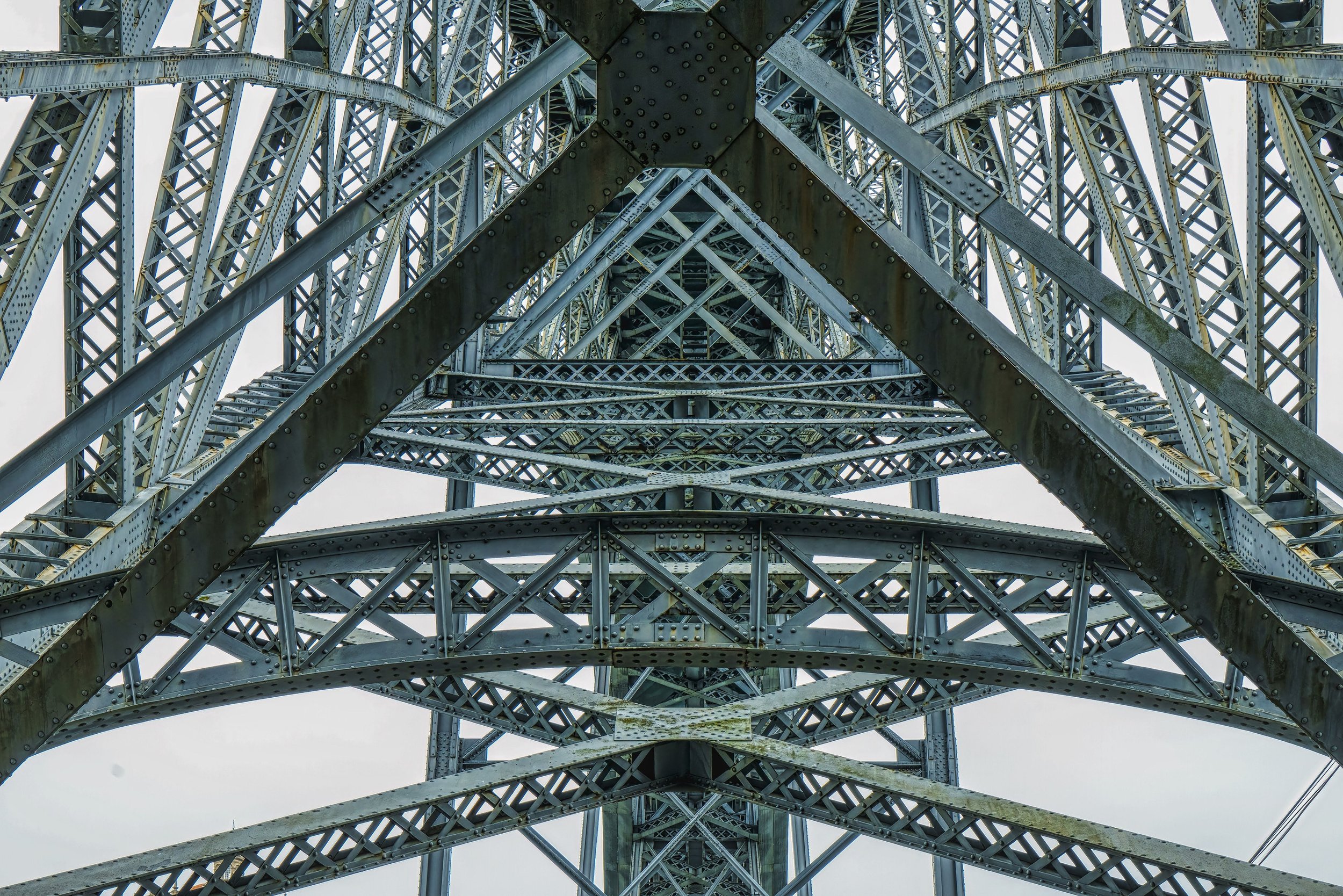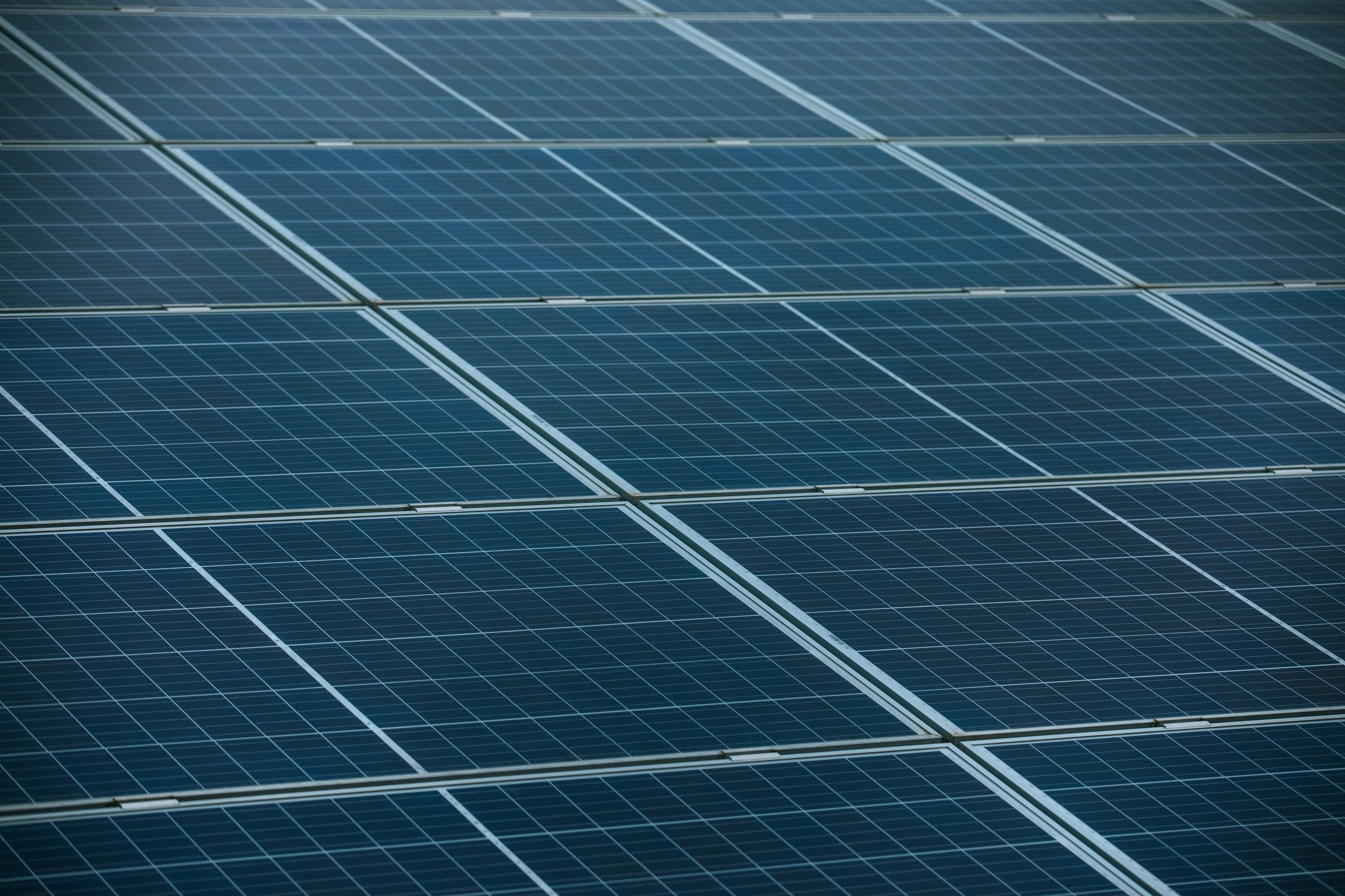The Resiliency Company’s mission is to inspire and empower humanity to adapt to the accelerating challenges of the next 100 years to create a more abundant and equitable future for all.
Critical infrastructure
As climate-driven disasters increase, our country’s infrastructure must adapt. The Resiliency Company defines infrastructure as essential systems that are crucial to the functioning of the economy and society and that enhance the people’s standard of living. We seek examples of ideas and innovations that are adapting U.S. infrastructure to be more resilient and offer either financial returns for investors or social returns for communities.
Jobs, Education, & Childcare
Energy
Financial Services & Tools
Food & Agriculture
Healthcare & Emergency Services
Real Estate, Housing, & Shelter
Natural resources, Water, Land, & Air
Communications, Internet, & IT
Transportation
Community & Social Cohesion

The Resiliency Company envisions a world in which communities, families, and businesses in the United States can thrive amidst the growing challenges of the climate crisis. We believe that by shifting markets and minds towards resilience we can reverse the increasing costs associated with more frequent and severe climate hazards.
The Resiliency Company is the sister organization to Network for Good, a philanthropic platform that has helped finance disaster recovery as part of the critical financial infrastructure for nonprofits in times of disaster.
Since its founding in 2001, Network for Good has distributed over $5 billion to more than 400,000 charities, with donations to disasters consistently ranking among the platform’s most significant giving categories. The Resiliency Company is also the creator of The Epicenter, a platform and publication for capital allocators investing in adaptation and resilience to ready their portfolios for more frequent climate-driven disasters.
The accelerating rate of climate-driven disasters in the U.S. requires us to catalyze capital toward adaptation and resilience. As the frequency of extreme climate events increases, the costs of disasters are rising due the exposure and vulnerability of assets and post-disaster premiums that make rebuilding ever more expensive as demand outpaces supply. It’s within this context that The Resiliency Company seeks to create the market of resilient infrastructure, drive adoption of resilient solutions, and create conditions to crowd in more private capital.












